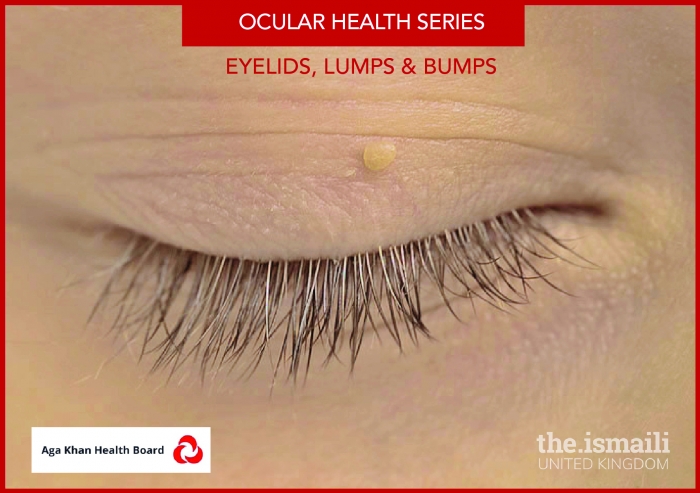ARMD causes a gradual loss in central vision, due to characteristic age related “wear and tear,” at the level of the macula within the retina.
Our central vision is used for most daily activities such as reading, writing, and recognising faces.
ARMD is more prevalent in Caucasian individuals, however it is not limited to this race. As the name suggests, increasing age (and family history) are the largest risk factors. The condition however has a strong association with chronic UV exposure, smoking and poor diet.
In the early or “dry” stages of the disease- subtle/mild deterioration in central vision occurs and thus stronger glasses is all that is usually required, and possible.
UV protection via the use of sunblock, brimmed hats and sunglasses is integral with advancing age. Not only does it have a preventative role in the development of ARMD; UV protection can slow down the progression of cataracts and prevent skin malignancies (including those of the eyelids).
Upon diagnosis of early/dry ARMD, patients are routinely educated about the benefits of applying sun protection, ceasing smoking, and introducing dietsrich in the antioxidants Lutein and Zeaxanthin, vitamins C and E as well as the minerals Zinc and Copper.
Studies have shown that these nutrients and minerals prevent the progression of dry ARMD to the sight threatening form, wet ARMD by 25%.
To find out more about ARMD click this link.
Furthermore, ocular health can also be influenced by systemic conditions which are also heavily influenced by lifestyle choices. Such conditions include Diabetes and Hypertension (high blood pressure).
4.7 million people in the UK have diabetes and treatment accounts for 10% of the NHS’s budget- 80% of which is spent on managing complications which can be avoided by making sound lifestyle choices. Such complications include diabetic retinopathy- which is one of the leading causes of blindness in the UK.
Diabetes occurs when blood sugar levels are chronically above safe/normal limits. Diabetes can be classified by Type; namely Type 1, Type 2 and Gestational diabetes.
Type 1 is also known as Juvenile diabetes with the average age of onset before twenty years.
Type 1 Diabetes accounts for 8% of all diabetes and is characterised by the body ‘s inability to produce insulin, the hormone which allows the uptake of glucose from blood vessels to target cells throughout the body.
To the contrary, type 2 diabetes which accounts for 90% of the total Diabetes, is characterised the body’s inability to utilise the insulin; the body becomes Insulin resistant. There appears to be a strong correlation between insulin resistance and obesity.
Gestational diabetes is a temporary form and occurs in 5% of pregnant women. It usually subsides after birth.
Increased blood sugar is the diagnostic feature in all types.
The longer an individual has had diabetes and the more uncontrolled his/her sugar levels are, the more likely it is that the individual will suffer from diabetic complications.
The increased blood sugar damages larger and smaller blood vessels throughout the body, leading to a range of complications. All of which can be avoided with good diabetic control.
Uncontrolled diabetes can affect the smaller blood vessels within the retina of the eyes resulting in diabetic retinopathy. Increased blood sugar levels can either cause the finer blood vessels to become blocked and/or leaky. Such affects can be exacerbated by high blood pressure.
If the contents of the blood vessel leak into the area of the retina responsible to central visionan individual can experience blur and distortion.
Furthermore, if blood sugars are left uncontrolled retinopathy may progress to retinal detachments and glaucoma.
Finer blood vessels are not only present in the retina, but also supply the nerves responsible for eye movement. Hence as well as retinopathy, an individual may also experience temporary double vision with uncontrolled diabetes.
The good news is, treatments are better than they have ever been and, in some cases, can revive vision that has been lost.
Such complications may also be avoided and with regular annual attendance to retinal eye screening programmes across the UK. The initiative is to allow for early detection of retinopathy, allowing patients to be educated on lifestyle adjustments to optimise blood sugar control prior to progression of disease.
Please click on this link for support and to find out more about specific signs, symptoms and complications associated with Diabetes:
Ocular conditions, whether they be primary (i.e., limited to the eyes e.g., ARMD) or secondary (presenting in the eyes as a systemic complication, e.g., diabetic retinopathy) can be insidious and symptom free for years, and can thus go undetected and undiagnosed.
Regular eye examinations allow such diseases to be detected early, preventing loss of vison, and allowing individuals to carry on living a normal and independent life.
https://www.nhs.uk/nhs-services/opticians/how-often-can-i-have-a-free-nhs-eye-test








